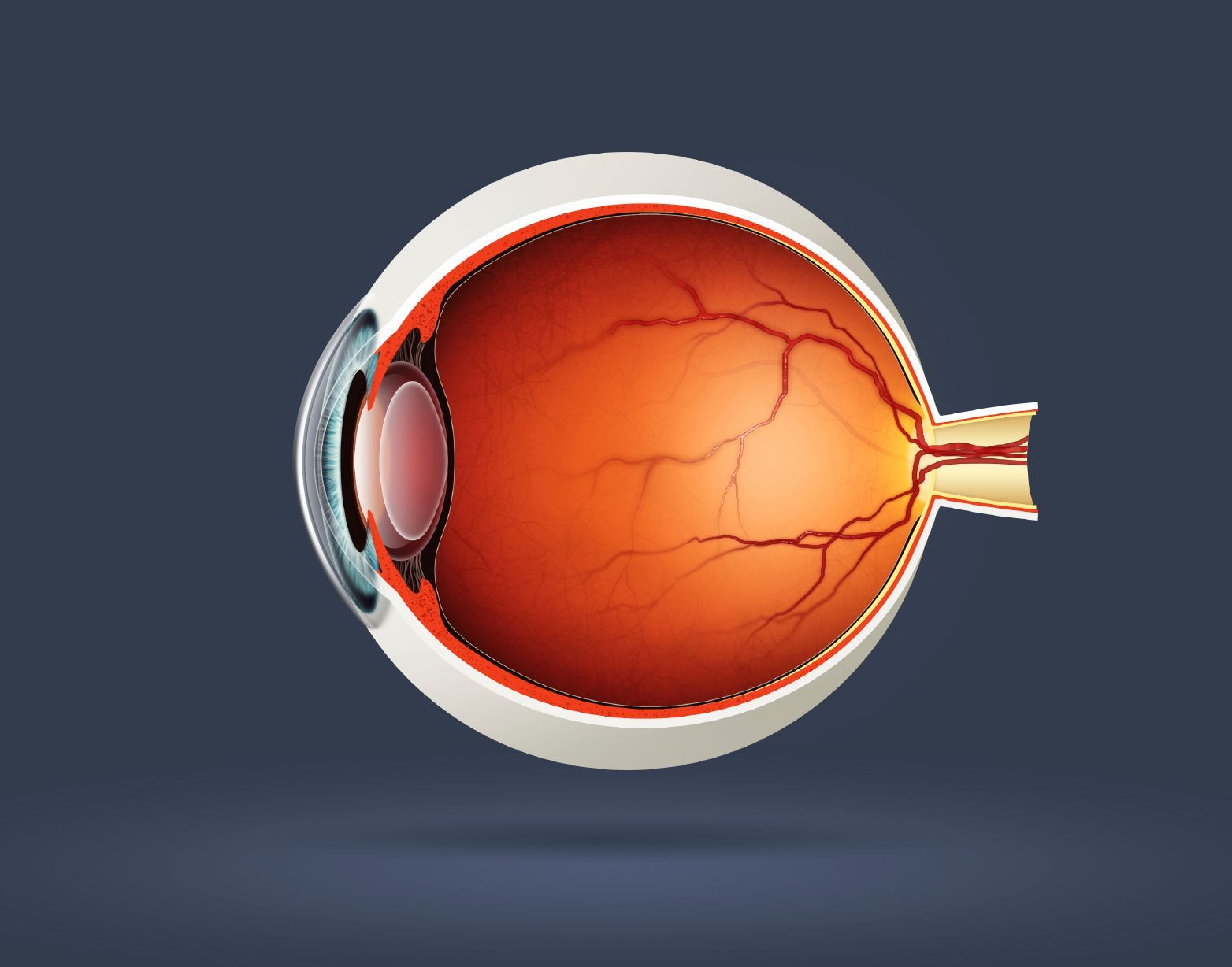- Center on Health Equity and Access
- Clinical
- Health Care Cost
- Health Care Delivery
- Insurance
- Policy
- Technology
- Value-Based Care
Retinal Thickness Reduced After Treatment With Anti-VEGF Agents
Both the retina as a whole and separate retinal layers had a reduction in retinal thickness after the use of anti-vascular endothelial growth factor (VEGF) treatments.
Retinal thickness was effectively reduced for the retina as a whole and all the separate retinal layers when anti-vascular endothelial growth factor (VEGF) treatment was used, according to a study published in BMC Ophthalmology. This result indicated that anti-VEGF treatment could be targeted more toward the site of edema.
Anti-VEGF treatment has been effective in treating retinal diseases such as age-related macular edema (AMD), diabetic retinopathy, and retinal vein occlusion, although there are some people who don’t respond well to the treatment. The third leading cause of blindness worldwide is AMD, which requires anti-VEGF for standard treatment. However, past studies rarely focus on changes in individual retinal layers or a single layer of the retina such as the nerve fiber layer (NFL) or ganglion cell layer (GCL). This study aimed to assess the potential improvement of individual retinal layers after anti-VEGF therapy in patients with AMD or polypoid choroidal angiopathy (PCV).
Human eye cross section | Image credit: nrbk - stock.adobe.com

The Asia Pacific Tele-Ophthalmology Society provided a dataset for the present study to use, with data primarily acquired from Thailand and India. The data included optical coherence tomography (OCT) images of patients with neovascular AMD (nAMD) and PCV among other eye diseases. Patients were included if they were aged 18 years and older, were diagnosed with nAMD or PCV, and were receiving aflibercept for 6 months consecutively. Patients who had any other retinal diseases, low image quality, or abnormal signal strength index of images were excluded from the study.
Segmentation of retinal layers was done by the software OCTSEG, which labeled each layer of the retina. There were 5 distinct layers that the images were divided into. The OCT images were manually corrected. The manually corrected images were put in a deep-learning-based OCT layering model to reduce manual correction, which in turn were corrected as needed.
There were 544 eyes from 496 patients who were enrolled in the study, of which 324 had AMD and 220 eyes had PCV. The mean (SD) age of the patients with AMD was 66.6 (10.9) years and 157 were males. The mean visual acuity (VA) was 0.90 (0.64) LogMAR and the mean central subretinal thickness (CST) was 410.43 (191.60) mm. The mean age of the patients with PCV was 64.4 (9.7) years, there were 120 males, the mean VA was 0.76 (0.61) LogMAR, and the mean CST was 388.37 (188.51) mm.
The patients with AMD had a significant decrease in thickness of all retinal layers after treatment compared with the pre-treatment. Mean best corrected VA decreased to 0.84 (0.64) LogMAR, and CST decreased to 331.33 (152.72). NFL also decreased from a mean of 46.13 (7.92) to 45.21 (7.82). Patients with PCV had similar results, with the mean best corrected VA decreasing to 0.70 (0.59) LogMAR, the CST decreasing to 311.56 (142.38), and the NFL decreasing from 46.13 (8.92) to 45.08 (8.21).
In patients with AMD, mean distance between the outer edge of the NFL to the outer edge of the inner plexiform layer (IPL) reduced from 64.60 (7.63) to 62.73 (8.00). Distance between the outer edge of the IPL to the outer edge of the outer plexiform layer (OPL) was reduced from 57.97 (7.09) to 55.45 (7.46). The distance between the outer edge of OPL and the outer edge of the external limiting membrane (ELM) was reduced from 66.89 (17.83) to 62.49 (11.54). Lastly, the distance between the outer edge of the ELM to the outer edge of the retinal pigment epithelium saw a decrease from 125.42 (67.88) to 101.88 (41.02). Similar results were found in patients with PCV.
There were some limitations to the study. The division of the retina into 6 layers may underestimate the impact of each individual layer. The amount of data could have affected the results of the segmentation. The insufficient sample size could have led the results to not be statistically significant. There was only a 6-month follow-up with limited participation. Subregional and stratified analyses could help in proving the effect of anti-VEGF treatment.
The researchers concluded that there was a significant reduction in retinal thickness, with reductions in every region.
Reference
Zhou D, Hu Y, Qiu Z, et al. Retinal layers changes in patients with age-related macular degeneration treatment with intravitreal anti-VEGF agents. BMC Ophthalmol. 2023;23:451. doi:10.1186/s12886-023-03203-w
